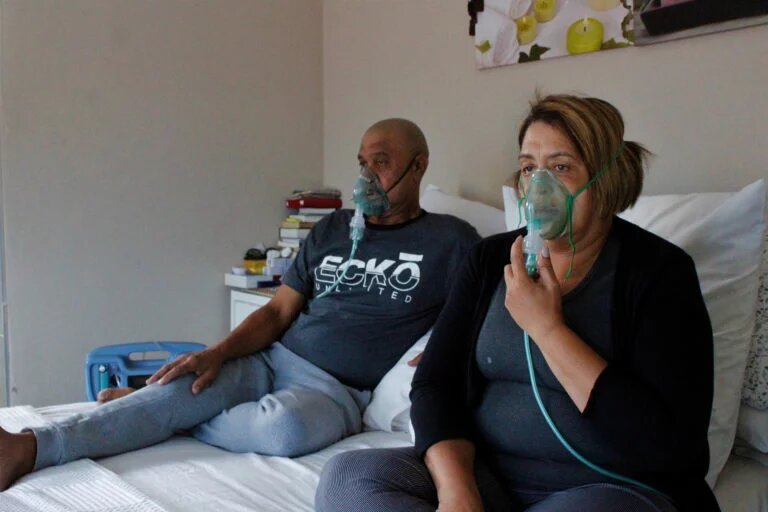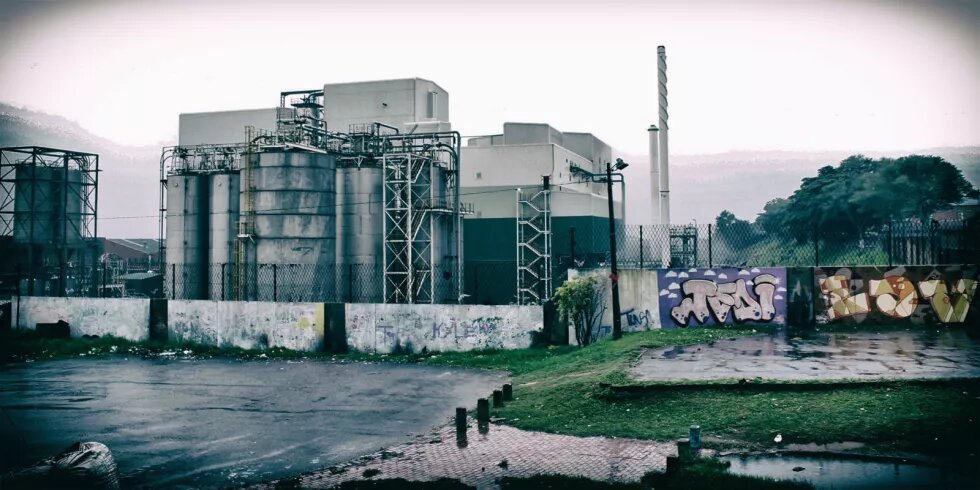
The environmental justice group, South Durban Community Environmental Alliance, has launched a lawsuit against resin manufacturing company Safripol. Thousands of Wentworth residents found their health seriously compromised after a chemical fire at the refinery.

Roberts, 56, and her husband, Stewart, 59, share an unusual morning routine: 10 minutes on the nebuliser, followed by assorted metered dose inhalers and boxes of pills.
The couple say their respiratory health deteriorated alarmingly after the chemical fire at the Safripol refinery in Wentworth, Durban on 16 August 2019. Thousands of residents suffered respiratory complications and skin irritation after the blaze. While the toxic fumes from the fire may have dissipated, the effects still linger in many of the residents.
“My life hasn’t been the same since the fire. My asthma has flared up and I haven’t stopped coughing. I’ve seen the doctor more times than I have in my life and been admitted for the first time in 45 years. Both my husband and I survive through strong medication,” said Roberts.
Roberts runs a daycare centre at her home in Merewent, a few kilometres from Safripol’s firm. She said the medical treatment she now uses has been an ongoing costly affair.
“We’ve had to pay for medication out of our own pockets. Safripol hasn’t shown the people they affected with the noxious fumes any remorse. They only arranged for us to get to the hospitals, but they never paid for our medical bills. What are they saying to the people who cannot afford private treatment?” asked Roberts.
Bongani Mthembu, air quality officer for the environmental justice group, South Durban Community Environmental Alliance (SDCEA), said Therminol (diphenyl and biphenyl oxide) measured 50.2ppm on the day of the incident. He described these compounds as comparatively non-toxic, but dangerous at high volumes:
“Exposure to this vapour can cause irritation to the lower and upper respiratory tracts, headaches and burning eyes. Many residents’ lungs were acutely affected due to the high concentration of Therminol in the air. The toxic gas was in the air from around 3pm to 8pm. Also, the highly absorbent gas remained in people’s homes, clothes and furniture for at least a month after the incident which escalated more illnesses,” explained Mthembu.